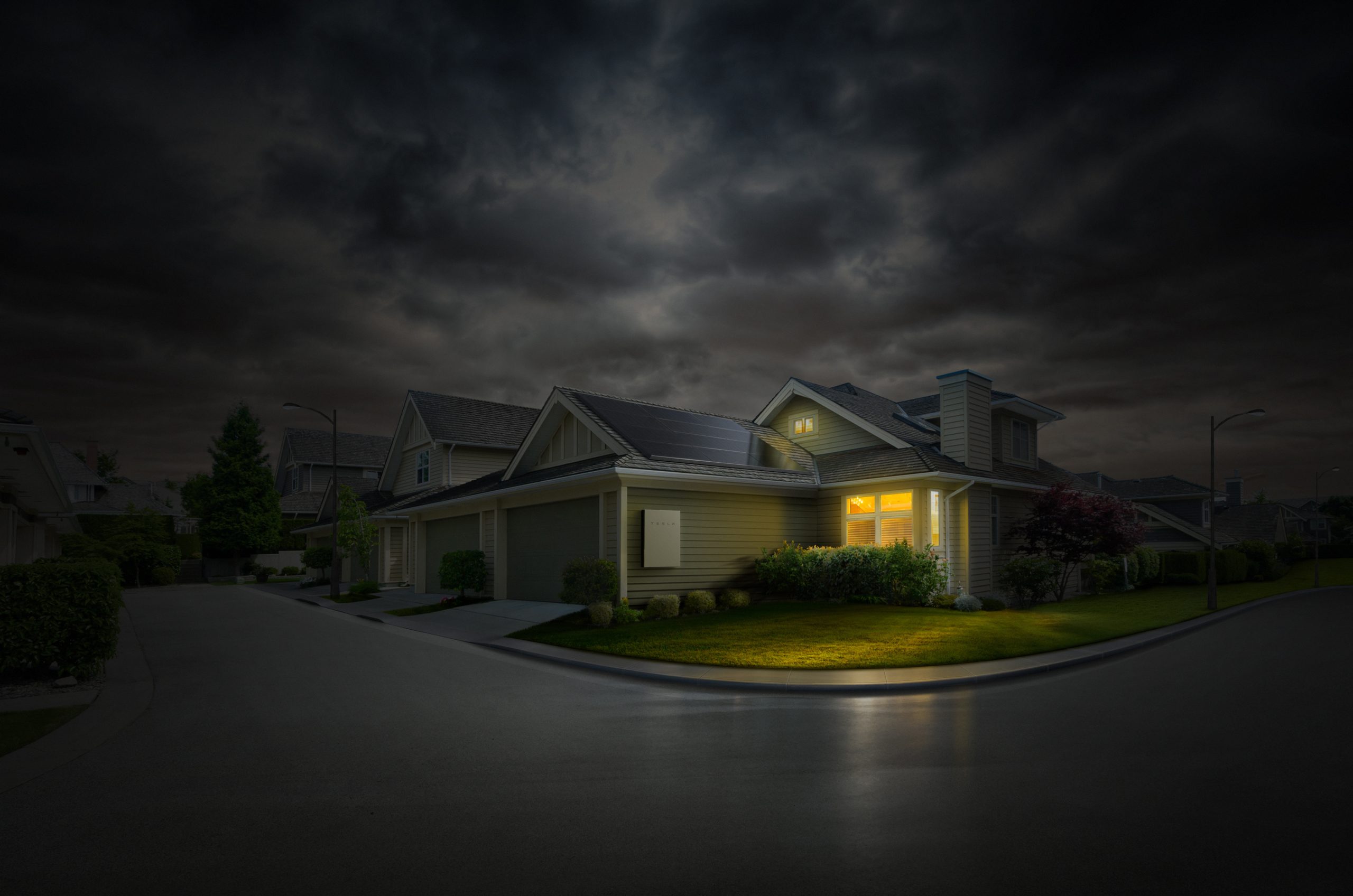A look at the California Public Utilities Commission’s (CPUC) ‘s 204-page proposal for its proposed new net metering rules (NEM 3.0), as well as the comments of the initiative’s supporters, shows something interesting. Supporters of NEM 3.0 are arguing that the current net metering rules, NEM 2.0, are practically an assault on disadvantaged households and a multi-billion subsidy for wealthy homeowners.
This narrative could be found all over the CPUC’s NEM 3.0 proposal. In the document, the commission argued that the existing net energy metering tariff “negatively impacts non-participating customers; is not cost-effective; and disproportionately harms low-income ratepayers” since homeowners without solar are being shouldered with the price of maintaining the grid. A study of the state’s policies further noted that California ratepayers spent about $3 billion a year to support net metering.
As critics of the initiative, such as Tesla and other renewable companies and organizations in the state, launched efforts to combat the NEM 3.0 proposal, organizations supporting the CPUC’s proposal have adopted a pretty similar stance. Affordable Clean Energy for All, a coalition of groups that include open NEM 3.0 backers like Pacific Gas & Electric, Southern California Edison, and San Diego Gas & Electric, has been particularly active in pushing the idea that NEM 2.0 takes from the disadvantaged and gives to the wealthy.
Kathy Fairbanks, a spokeswoman from Affordable Clean Energy for All, highlighted this recently. “It’s hypocritical that people who claim to want to help disadvantaged communities are advocating to keep a regressive policy that takes from the poor and gives to publicly-traded companies to fatten their profits, increase their stock price and shareholder wealth,” she said.
But inasmuch as a “rich vs. poor” concept is compelling, such a simplistic narrative hardly addresses the issues that critics are bringing up about NEM 3.0. While there is some argument in the idea that companies like Tesla are fighting the proposal since it is involved in the residential solar business, the fact remains that rooftop solar in California is growing fastest in working and middle-class neighborhoods. Not millionaires in their massive mansions — just regular working individuals that are learning the advantages and practicality of renewable energy.
Solar Rights Alliance Director Dave Rosenfeld mentioned this in a statement last month, as critics of NEM 3.0 delivered over more than 120,000 public comments to the California Public Utilities Commission (CPUC) and Governor Gavin Newsom. “This is where the rubber hits the road on blackouts, rising electricity bills, and air pollution. The correct path is to help millions more working and middle-class people get solar so we can keep up our progress and reject the utility profit grab that threatens to take us backwards,” Rosenfeld said.
Contrary to the idea that net metering takes from the disadvantaged and gives to the wealthy, an analysis by national grid modeling experts Vibrant Clean Energy has estimated that the continued growth of distributed energy resources (DER) such as rooftop, community solar, and energy storage, could actually save California ratepayers $120 billion over the next 30 years. “What our model finds is that when you account for the costs associated with distribution grid infrastructure, distributed energy resources can produce a pathway that is lower cost for all ratepayers and emits fewer greenhouse gas emissions,” Vibrant Clean Energy CEO Dr. Christopher Clack said.
While the CPUC seems very determined to ensure that NEM 3.0 is approved, the voices against the initiative are growing louder. Apart from Tesla CEO Elon Musk, who called the proposal “bizarre” and “anti-environment,” other notable personalities have expressed their criticism of NEM 3.0 online. These include, interestingly enough, two actors who played Marvel’s The Incredible Hulk on the big screen, Edward Norton and Mark Ruffalo, as well as basketball legend Bill Walton. California Governor Gavin Newsom also seems a bit more open-minded than the CPUC, noting that there’s more work to be done in the NEM 3.0 proposal.
“That draft plan that was recently released, I just had a chance to review, and I’ll say this about the plan: We still have some work to do… Do I think changes need to be made? Yes, I do,” Newsom recently said.
The California Public Utilities Commission may vote on its NEM 3.0 proposal as early as January 27, 2022.
Don’t hesitate to contact us with news tips. Just send a message to tips@teslarati.com to give us a heads up.











